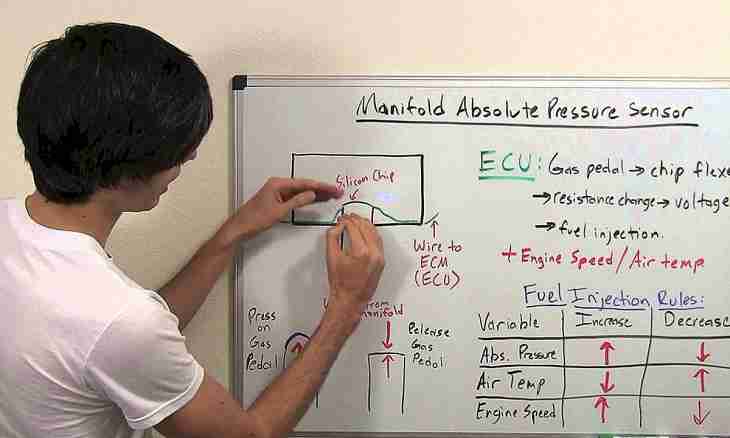Speed of movement of an air flow, for example winds, measure by means of anemometers. The electric anemometer consisting of the generator set in motion by wind and the voltmeter is most convenient.
It is required to you
- - low-voltage collector electric motor;
- - wires;
- - voltmeter;
- - stabilitron;
- - soldering iron;
- - screw-drivers;
- - L-shaped bracket;
- - car;
- - computer with Internet connection.
Instruction
1. Begin production of the anemometer with selection of the generator. As that use the collector electric motor with permanent magnets on the stator. It has to be calculated on tension in several volt. It is better if both of its bearings are steel, but not polystyrene - such engines are more durable.
2. Get an easy disk with a diameter about 30 cm on a shaft of the engine. Apply the drawing in the form of letter Y which all three corners are identical and equal to 120 degrees on it. In in each of places of crossing of lines of this letter with border of a disk arrange on a plastic glass. All of them have to be sent to one party. Then the disk will always rotate in the identical direction irrespective of where wind blows.
3. Fix the engine on a L-shaped bracket by length and height in half-meter - so it it is more convenient to fix, for example, on a wall of a school meteorological station. Connect it to the voltmeter of a direct current. Force the device out into the street that it was untwisted by wind then by practical consideration pick up polarity of connection of the voltmeter. The last has to be switched to the range which upper bound is slightly more than operating voltage of the engine. The rectifier is not necessary - the collector and brush node of the engine itself has vypryamitelny properties. The voltmeter has to be surely equipped with protection against self-induction tension. If that is not present, the 20-volt stabilitron included parallel to it in the return polarity will help.
4. Graduation of the anemometer can be made in two ways. The first of them assumes use of the car with a trunk on a roof. Install on it the anemometer, and then during a full calm ask the experienced driver to make several control arrivals with speeds from 10 to 100 kilometers per hour on a straight line. Make the calibration table (or the calibration schedule) compliances of tension to speeds. For graduation on the second way just write down indications of the anemometer every day and compare them with data on wind speed in your area from a weather service. Consider that the automobile speedometer shows speed in kilometers per hour, and meteorologists specify wind speed in meters per second more often (1 meter per second is equal 3.6 kilometers per hour).

